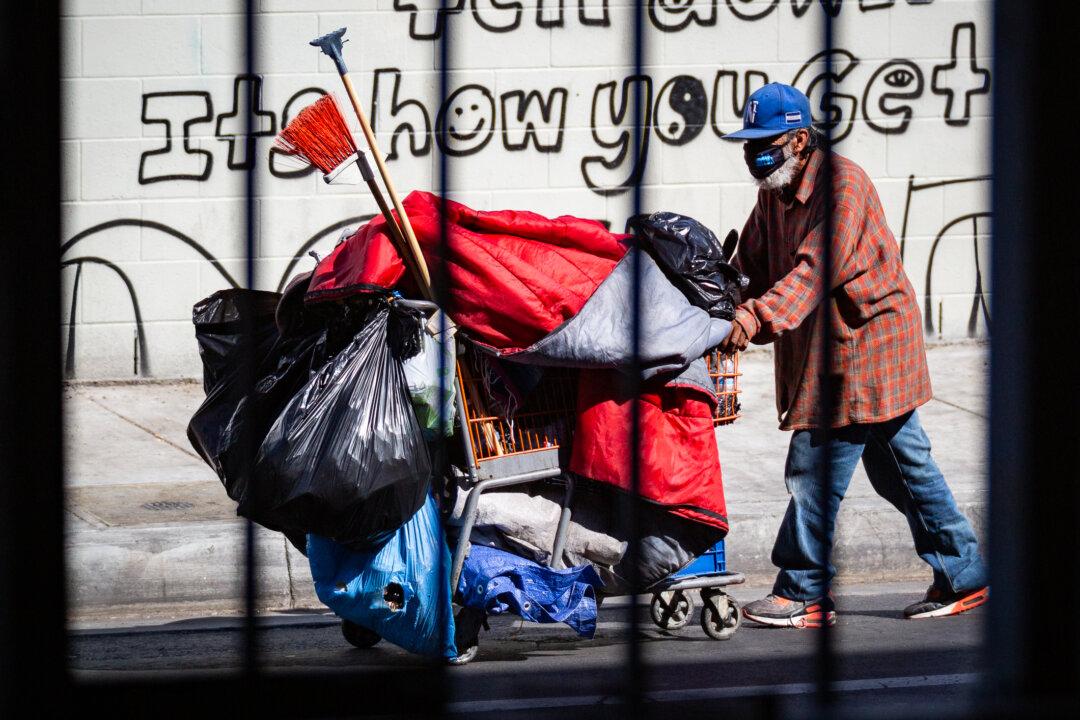LOS ANGELES—The Rev. Troy Vaughn knows firsthand the plight of the homeless on Skid Row.
Once homeless in the early 1990s, he now gazes out the window of his executive office from the top floor of the Los Angeles Mission.

LOS ANGELES—The Rev. Troy Vaughn knows firsthand the plight of the homeless on Skid Row.
Once homeless in the early 1990s, he now gazes out the window of his executive office from the top floor of the Los Angeles Mission.